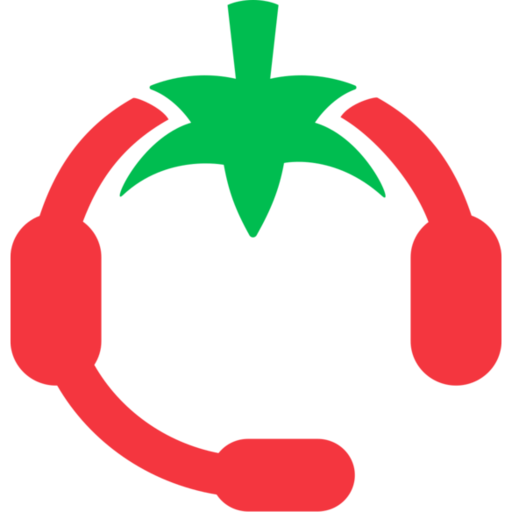What is Call Blending?
Call blending is a call center strategy that combines both inbound and outbound calling operations, allowing agents to handle whichever type of call is needed based on real-time demand. This approach improves resource efficiency and service levels by dynamically shifting agent tasks.
How Call Blending Works
Blended call centers use software to manage the flow of both inbound and outbound calls. When inbound call volume is low, agents are automatically assigned to outbound calls such as follow-ups, surveys, or sales. As inbound demand increases, those agents are redirected to answer incoming calls.
Benefits of Call Blending
– Maximizes agent productivity by reducing idle time
– Improves response time for inbound calls
– Balances customer service and outbound campaigns
– Reduces staffing requirements by cross-utilizing agents
– Enhances flexibility in workforce management
Blended Call Center vs. Dedicated Teams
In a traditional setup, separate teams handle inbound and outbound calls. In a blended model, agents are trained to handle both — leading to better utilization and adaptability, especially during demand fluctuations.
Technology That Enables Call Blending
– ACD (Automatic Call Distributor)
– Predictive Dialers and Power Dialers
– CRM integration
– Workforce Management (WFM) systems
– Real-time Monitoring Tools
Use Cases for Call Blending
– Customer support teams that handle support tickets and follow-ups
– Outbound sales reps who take occasional inbound product inquiries
– Seasonal spikes where inbound volume changes rapidly
– BPOs looking to optimize agent output across campaigns
Related Topics for Further Reading
– Blended Call Center
– ACD (Automatic Call Distributor)
– Predictive Dialer
– Workforce Management
– Call Forecasting
– Agent Utilization Rate

